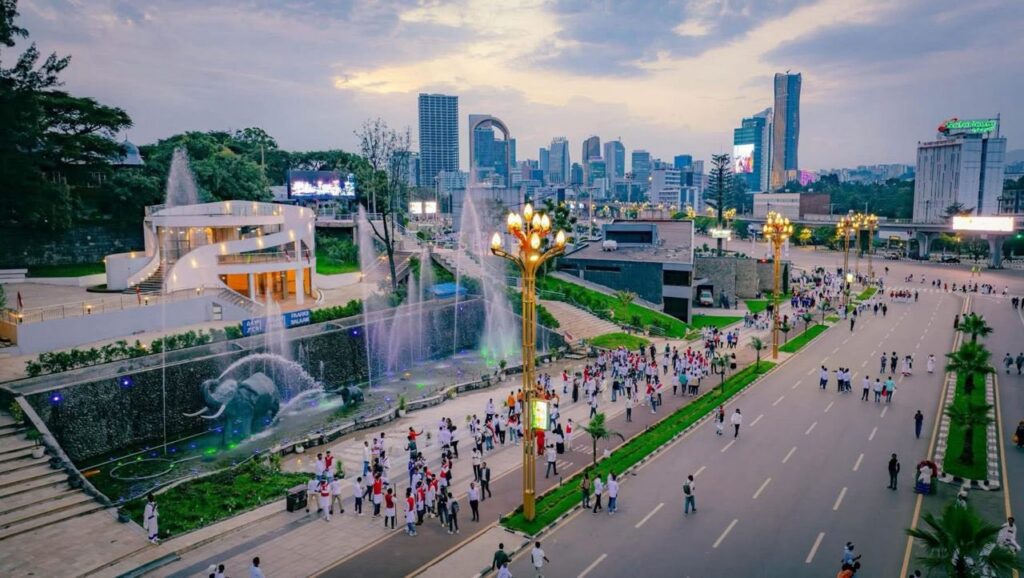Transformative Infrastructure Revitalizes Addis Ababa: A Model for Urban Development
Addis Ababa is undergoing a remarkable transformation, with significant advancements in infrastructure and public services enhancing daily life. These developments not only improve mobility and economic productivity but also promote environmental sustainability, extending benefits beyond the city and influencing the entire African continent.
Infrastructure Improvements Driving Progress
The capital city of Ethiopia has seen substantial enhancements over recent years. Melvin Thamba Joseph, Secretary General of the African Union Staff Association (AUSA), highlights how living in Addis Ababa for over a decade has allowed him to witness these changes firsthand. The expanded transportation systems, improved housing, and upgraded public facilities reflect Ethiopia’s commitment to modernization.
Joseph stresses that the benefits of these changes extend regionally. “When Ethiopia progresses, its neighbors feel the impact through increased connectivity and shared growth,” he states, emphasizing the interconnectedness of development in the region.
Health and Wellness Through Urban Design
One of the key aspects of life in Addis Ababa today is the emphasis on health and wellness. Joseph notes that he takes advantage of the city’s walkability after work, allowing him to maintain an active lifestyle. “Walking after work allows me to stay active and productive; I often respond to email or brainstorm ideas while on the move. It’s a great way to balance work and wellness,” he explains.
This focus on pedestrian-friendly environments not only encourages physical activity but also fosters community interaction.
A Greener Urban Future
The city’s green initiatives have significantly contributed to its transformation. Joseph recalls participating in tree-planting campaigns around 2020, aimed at expanding green spaces. “The city is visibly greener now. Seeing those trees mature is a powerful reminder of our shared responsibility to create a more livable and sustainable environment,” he states.
These efforts in urban greening not only beautify the city but also enhance air quality and promote biodiversity.
A Blueprint for Future Development
Joseph’s insights reflect Ethiopia’s impressive strides in infrastructure and urban sustainability, positioning Addis Ababa as a model for inclusive, future-focused development across Africa. The strategic planning and community engagement evident in these projects underscore how cities can evolve into thriving, resilient urban spaces.
As the city continues to grow and develop, Addis Ababa offers valuable lessons for other urban centers on the continent embracing similar transformational journeys. These initiatives illustrate the potential for strategic urban development to significantly improve quality of life for residents.
Conclusion
The swift improvements in Addis Ababa’s infrastructure and public services highlight a successful urban planning model that prioritizes health, wellness, and environmental sustainability. As the city sets a standard for development in Africa, it also reinforces the notion that thoughtful, community-focused strategies can lead to a better future for all.
For further exploration of urban development initiatives, check out more details from the African Union and related development organizations.
